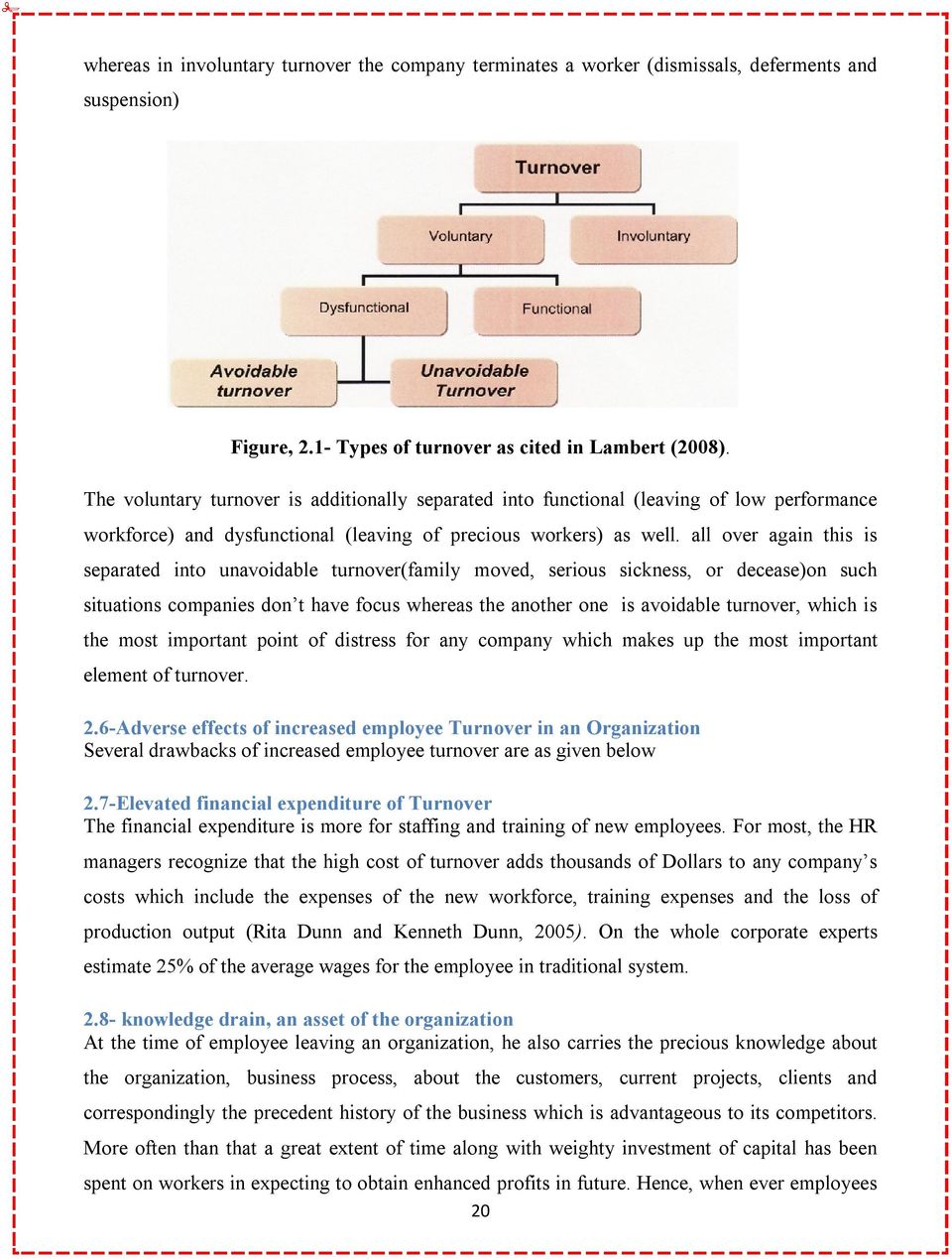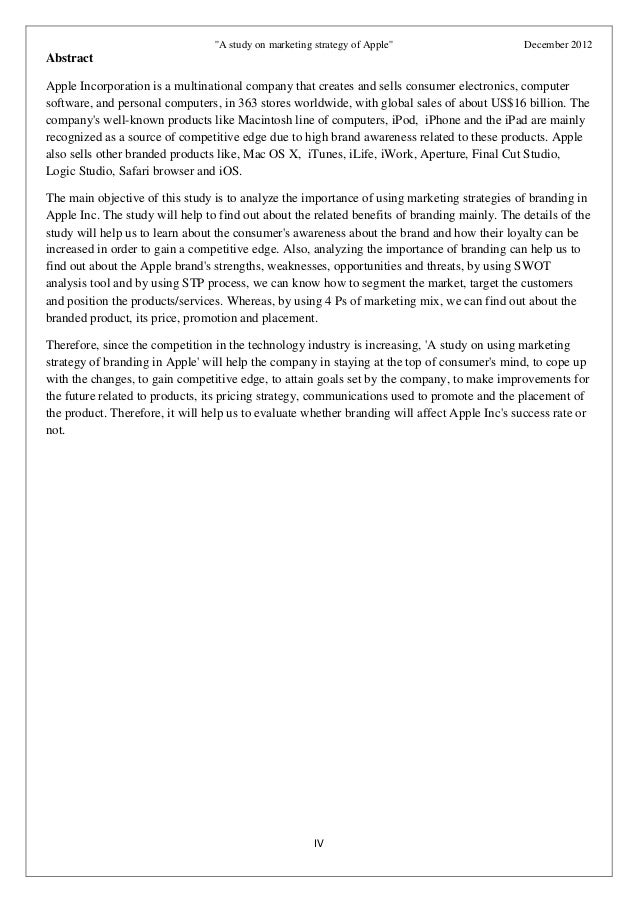Solved: Faraday's Law And Applications Physiscs Tutorial S.
Faraday's First Law of Electrolysis The mass of the substance (m) deposited or liberated at any electrode is directly proportional to the quantity of electricity or charge (Q) passed.Faraday's law of induction is a physical law postulated by Michael Faraday in 1831. It is one of the basic laws of electromagnetism.The law explains the operation principles of generators, transformers and also electrical motors. Faraday's law of induction says that when a magnetic field changes, it causes a voltage. That phenomenon was also found by Joseph Henry in 1831.Faraday's law can be used in many applications, such as electrogravimetry (to find the amount of substance deposited at an electrode) and coulometry (to find the total amount of electricity required for complete electrolysis of a compound); it can also be used for finding the number of electrons implicated in an electrolytic process. In order to reduce one mole of a generic reactant according.
There are many applications of Faraday’s Law of induction, as we will explore in this chapter and others. At this juncture, let us mention several that have to do with data storage and magnetic fields. A very important application has to do with audio and video recording tapes. A plastic tape, coated with iron oxide, moves past a recording head. This recording head is basically a round iron.Faraday's law of induction (briefly, Faraday's law) is a basic law of electromagnetism predicting how a magnetic field will interact with an electric circuit to produce an electromotive force (EMF)—a phenomenon known as electromagnetic induction.It is the fundamental operating principle of transformers, inductors, and many types of electrical motors, generators and solenoids.

Experimental Verification of Faraday’s Law of electrolysis Verification of the First Law. A copper voltameter is taken in the arrangement. Cathode plate is washed, dried, weighted and placed inside the voltameter. Then appropriate current is passed through the electrolyte for a suitable time, t 1 by adjusting rheostat. The cathode plate is again weighted to determine the mass, m 1 of copper.












